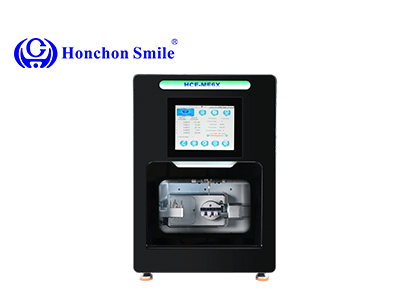The dental milling machine industry is on a steady growth path, supported by the rise of digital dentistry and the increasing demand for high-quality restorations. According to recent industry research, the global market is valued at nearly USD 3 billion in 2025 and is projected to surpass USD 6 billion by 2034, with an average annual growth rate of over 8%.

Digital transformation in dentistry: CAD/CAM systems, intraoral scanners, and advanced milling machines allow dental labs and clinics to produce restorations with high precision and faster turnaround.
Aging population & oral health awareness: More patients need crowns, bridges, and implants, driving up demand for efficient milling solutions.
Customization trend: Patients increasingly expect restorations that are both functional and aesthetic. Milling technology makes it possible to deliver tailored results.
Dental tourism: Regions such as Asia and Eastern Europe are seeing more international patients, boosting the need for modern dental equipment.
By Type: In-lab milling machines hold the largest share today, while in-office systems are growing fast thanks to chairside restoration demand.
By Technology: CAD/CAM-based machines dominate the market, while traditional copying machines still serve niche needs.
By Application: Bridges and crowns are the leading restoration types made with milling machines.
By End User: Dental laboratories remain the main users, though adoption is also rising in clinics and research institutions.
By Region: North America currently leads, while Asia-Pacific is expected to post the fastest growth in the coming years.
The shift towards digital workflows is no longer a trend but a standard in dentistry. Dental milling machines are becoming essential tools, enabling dental professionals to deliver restorations that are accurate, efficient, and patient-focused.